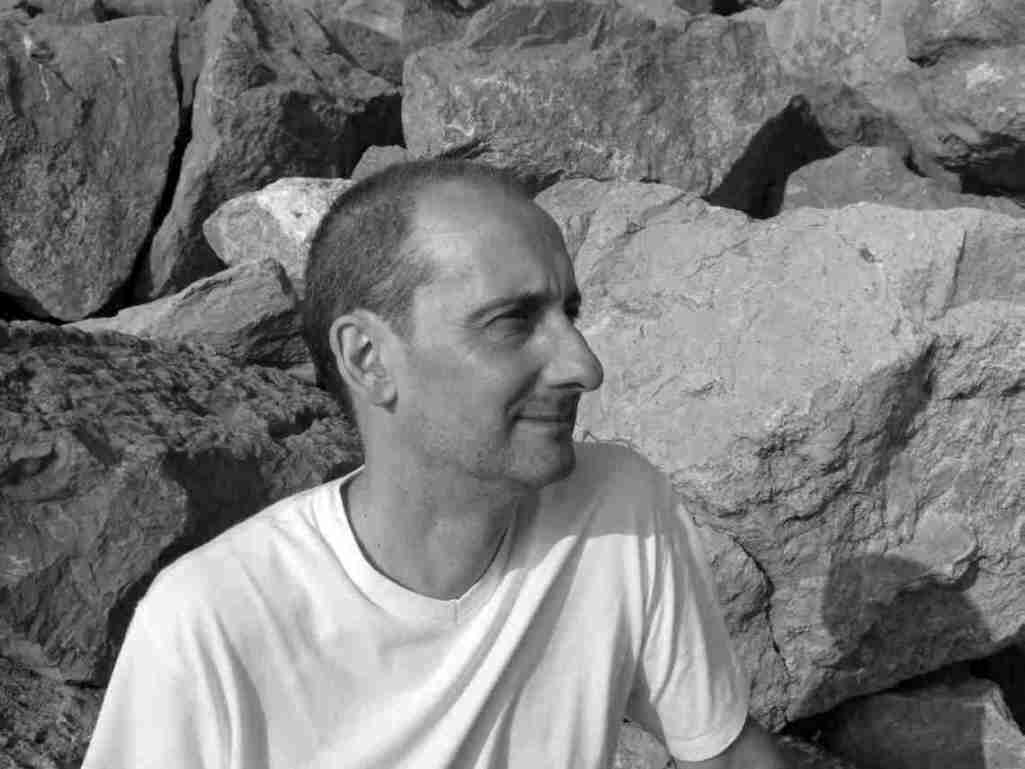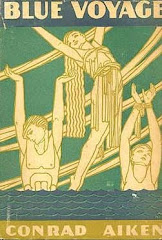
Lowry refers to charcoal drawings by Orozco in his novel Under The Volcano.
Orozoco was one of most influential Mexican muralists of his time, he was also a remarkable draftsman, making hundreds of drawings for his mural projects and printed works. Although he executed only about fifty lithographs and etchings in total, these works ably reflect his unique aesthetic sensibility. His expressive compositions, like this one inspired by a vignette from his 1926 mural at the National Preparatory School in Mexico City, are characterized by their sharp lines, oblique angles, and expressive play of light and dark tones. Source: José Clemente Orozco: Rear Guard (29.63.4) | Heilbrunn Timeline of Art History | The Metropolitan Museum of Art

José Clemente Orozco (November 23, 1883 – September 7, 1949) was a Mexican social realist painter, who specialized in bold murals that established the Mexican Mural Renaissance together with murals by Diego Rivera, David Alfaro Siqueiros, and others. Orozco was the most complex of the Mexican muralists, fond of the theme of human suffering, but less realistic and more fascinated by machines than Rivera. Mostly influenced by Symbolism, he was also a genre painter and lithographer. Between 1922 and 1948, Orozco painted murals in Mexico City, Orizaba, Claremont, California, New York City, Hanover, New Hampshire, Guadalajara, Jalisco, and Jiquilpan, Michoacán. His drawings and paintings are exhibited by the Carrillo Gil Museum in Mexico City, and the Orozco Workshop-Museum in Guadalajara.[1] Orozco was known for being a politically committed artist. He promoted the political causes of peasants and workers. Read more










No comments:
Post a Comment